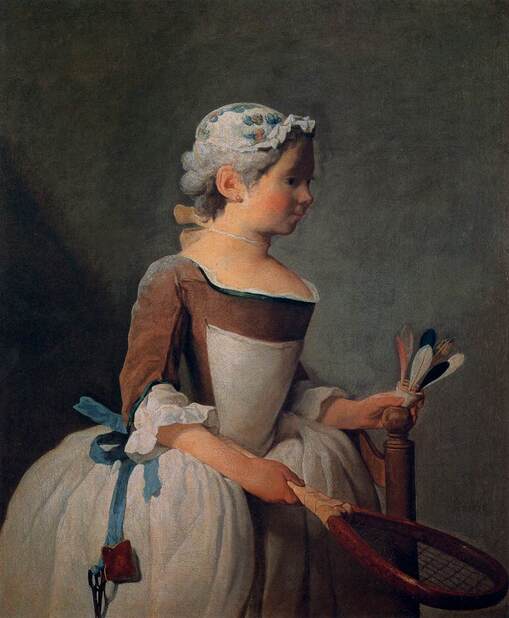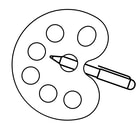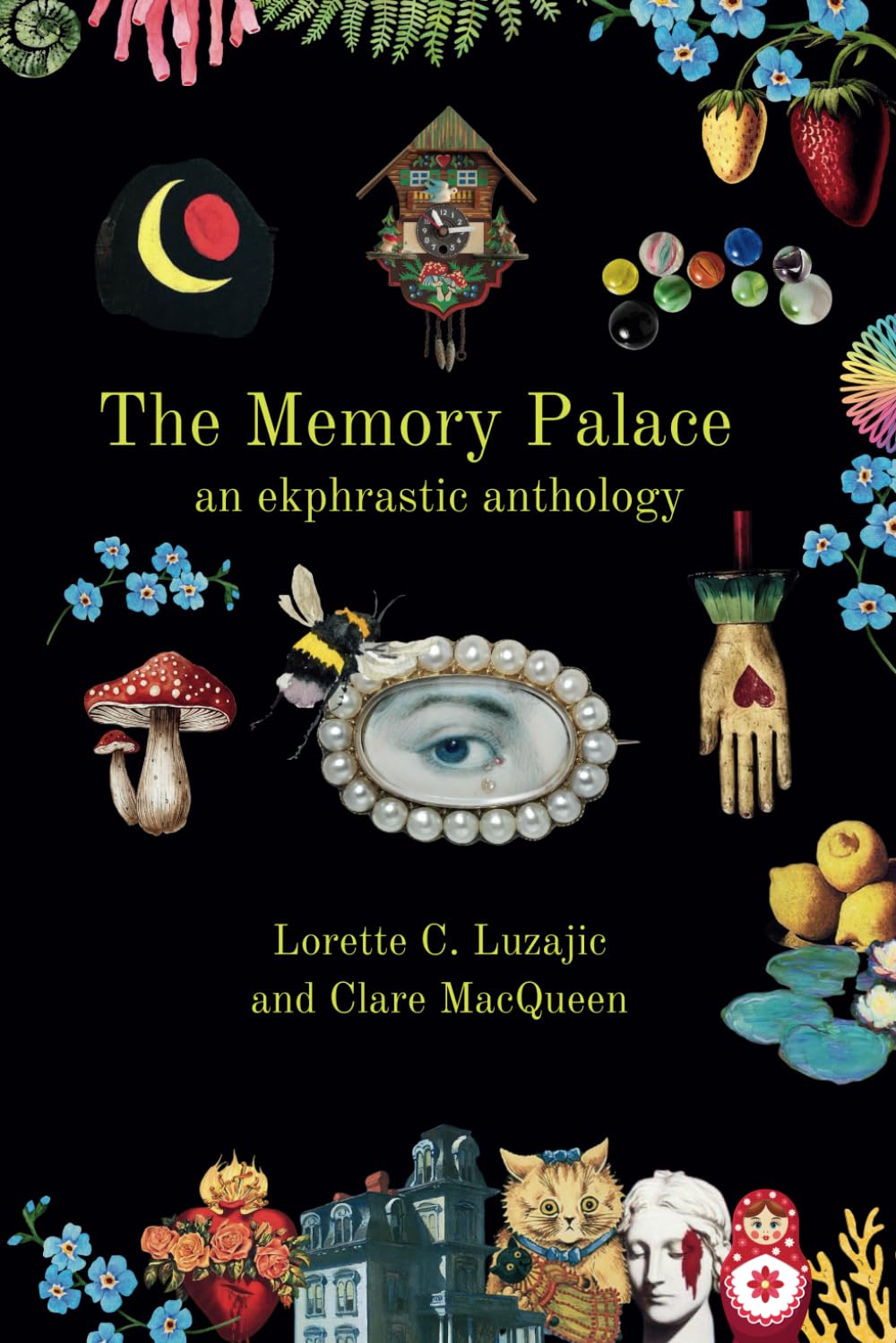|
Girl with Shuttlecock Lately, my mind has been preoccupied with children at play. On my walks in the park, I find myself sitting down to watch the boy sailing his small boat on the pond, the young girl following her hoop, two children touching heads while crouched over their spinning top. There is in their concentration something that I recognize. It reminds me of that stillness, the rapture produced by an object that can be found in a still life. There is no world, there is no observer – only the spinning top, the turning wheel, the running legs... And something else as well – after Marguerite-Agnès’ death – my thoughts and my eyes are drawn all too easily to young girls. Here is the seven-year-old, the twelve-year old that she will never be, that I will never know. Mourning colours my appreciation of childhood’s innocence, its obliviousness of death. Back in my studio I think of the many games of childhood that allow children a reprieve of knowing, that provide provisional shelter from the world of adults. I well remember the pleasure of blowing soap bubbles through a straw, the slight soapiness in the mouth and the delicate interplay of my breath trying to expand the bubble beyond what seems possible. To catch that, the moment just before the bubble bursts, as we know it will, to hold that tension for one more fraction of a second, would be to arrest time. I find myself becoming obsessed with catching something of this on canvas and find, as so often, that one attempt will not do. The concentration of the boy blowing the bubble is not like the one of the boy building the house of cards. He has just put his studies behind him, is still wearing his school uniform, when he pulls out his deck of cards and builds with his mind, his hands and all of his acquired knowledge and skill. Nor is that concentration the same as the inwardness, the self-sufficiency I try to convey of the young girl poised on the threshold between childhood and young womanhood. Here on my canvas, she steps out of the warm brown tones of the background, all gravity and grace. Her dress, an important part of who she is, a foam of opaque white that gathers the light and draws the eye to the white flounce of her sleeve on the velvety brown bodice that gently and with great simplicity underscores her essential innocence. The blue ribbon tied at the waist, as if in haste, holds a pair of scissors and a small red pincushion like a tradesman’s insignia, an emblem of her industry. But now, at this moment, work is forgotten, she is gripping the racket firmly in her right hand, while her left, resting on the wooden finial of the chair, gently holds the shuttlecock. There is a delicate pearl necklace around her throat, a small golden earring in her ear, her hair is tied at the back with a diaphanous yellow ribbon, an embroidered, lace-edged cap sits on her powdered curls. She could be a younger version of the cocottes one sees at court – were it not for her face, the far-off look in her blue eye, its blue matched by one of the feathers of the shuttlecock, and that child-like profile, as yet unaware of its impact on the world. Notice the faint bloom that has risen in her cheeks, as if in anticipation of the game... She has stood patiently for me again and again, portraying in her nature something of what I try to put on the canvas. I feel I need to honour that part of her, her vulnerability and beauty. When finally, all the blues echo each other in deep sympathy, when the delicate pinks take the eye from the back of the feather to the rose shadow on her décolleté to her neck and cheeks, up to the tiny red flowers embroidered on her cap and when the delicate balance of posture and chair form a triangle, I step back. I too want to hold the moment; the moment when in great harmony, subject and painter are one. Barbara Ponomareff This piece is an excerpt from the author's novella, A Minor Genre: A Life of Jean Siméon Chardin, Artichoke, Volume 14 (2) and 14 (3), Summer and Winter 2002. Barbara Ponomareff lives in southern Ontario, Canada. By profession a child psychotherapist, she has been fortunate to be able to pursue her lifelong interest in literature, art and psychology since her retirement. The first of her two novels dealt with a possible life of the painter J. S. Chardin. Her short stories, memoirs and poetry have appeared in Descant, (EX)cite, Precipice and various other literary magazines and anthologies. She has contributed to The Ekphrastic Review on numerous occasions and was delighted to win one of the recent flash story contests. More from Barbara in The Ekphrastic Review: Stepping on the Throat of Their Song (winner in flash fiction category, Birds Contest) In Search of Albrecht Durer (poetry) With Pearls in My Hair (story)
0 Comments
Your comment will be posted after it is approved.
Leave a Reply. |
The Ekphrastic Review
COOKIES/PRIVACY
This site uses cookies to deliver your best navigation experience this time and next. Continuing here means you consent to cookies. Thank you. Join us on Facebook:
July 2024
|




